Ligament Tears and Injuries
In Singapore
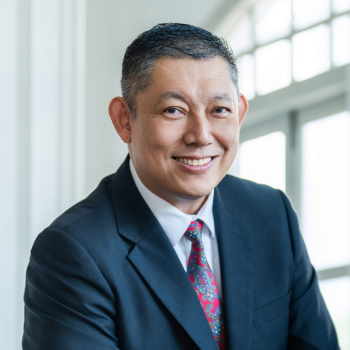
Dr Chiam Tut Fu

MBBS (Singapore)
MSS (Sports Medicine) (USA)
MMed (OM) (Singapore)
GDOM (Singapore)
DWD (Singapore)
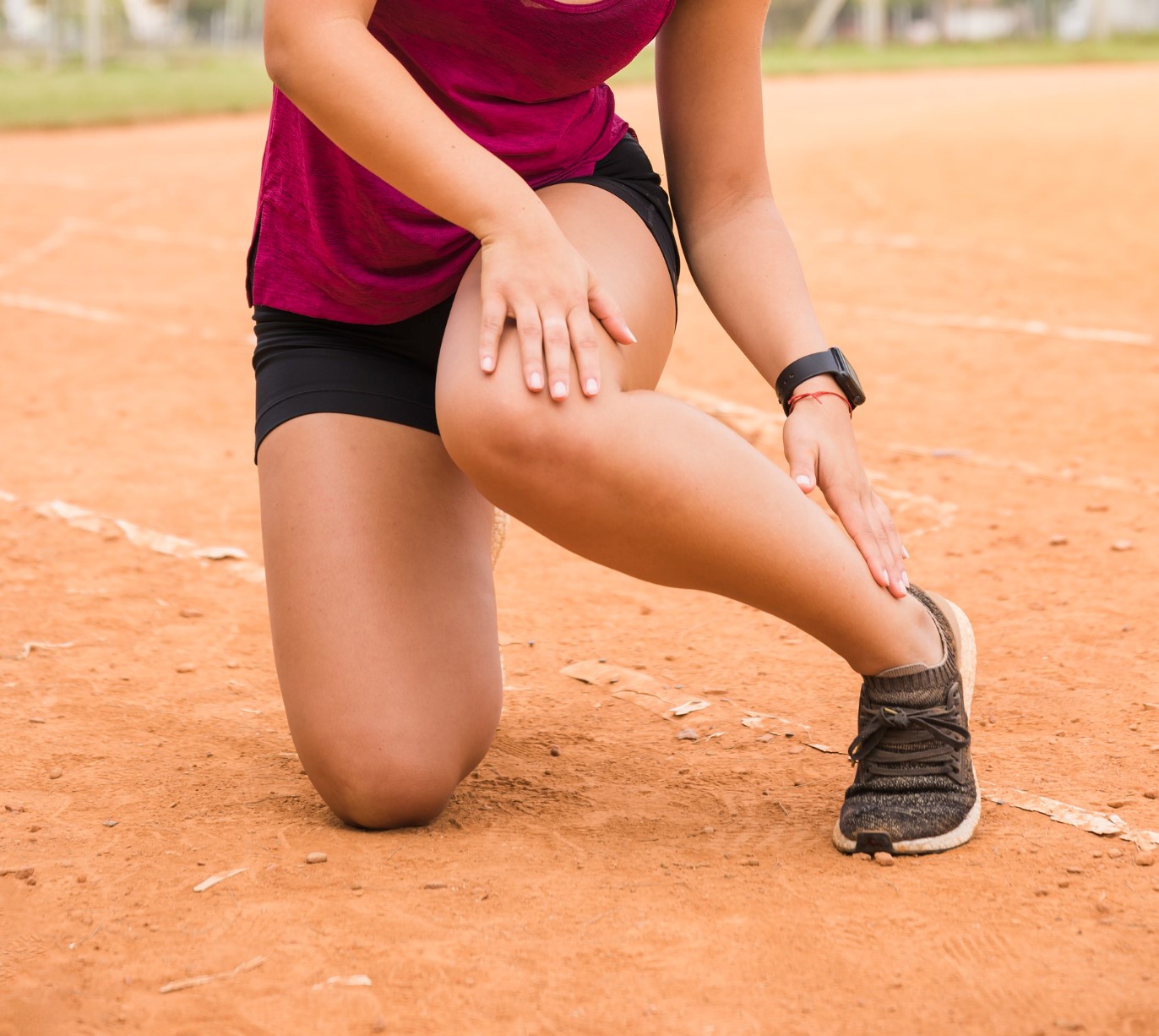
Overview
A ligament injury, often referred to as a sprain, occurs when fibrous tissues connecting bones to other bones are stretched or torn. Ligament tears are severe forms of these injuries where the ligament fibres are completely ruptured. Ligaments play a crucial role, providing stability to joints and guiding their motion.
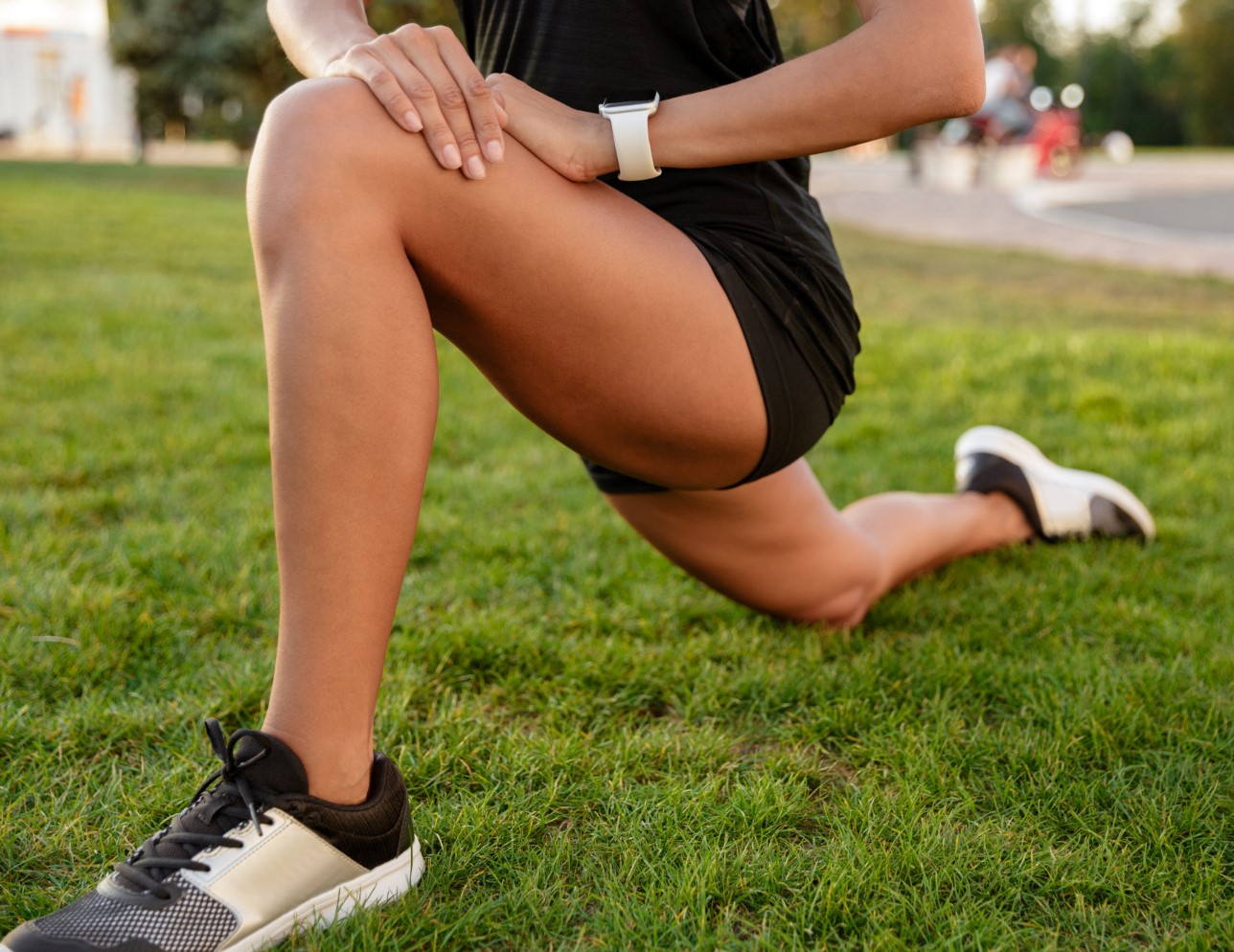
Causes of Ligament Injuries & Tears
- Acute injuries: Sudden injuries often resulting from sports activities or accidents. A forceful impact or awkward movement can stretch or tear ligaments.
- Overuse injuries: Repetitive strain on a joint can lead to ligament injuries. These are common in individuals who perform the same motion repeatedly, such as athletes or certain professionals.
- Degenerative changes: Aging and wear and tear can weaken ligaments over time, making them more susceptible to injuries and tears.
Symptoms Of Ligament Injuries & Tears
Knee Ligament Injuries
- Pain: This is often immediate and severe following the injury. The pain may subside into a dull ache over time but can worsen with movement or weight-bearing.
- Swelling: This can occur soon after the injury, often within a few hours. The knee may appear larger and feel warm to the touch.
- Instability: The knee may feel weak or give way during movement, particularly when turning or pivoting.
- Limited movement: It may be difficult to fully bend or straighten the knee. Walking can also be painful.
- Bruising: This may appear around the knee, particularly if blood vessels have been damaged.
- Popping sound: Some people report hearing a popping sound at the time of injury, particularly in the case of an ACL (anterior cruciate ligament) tear.
Ankle Ligament Injuries
- Pain: Often immediate and can range from mild to severe, depending on the extent of the injury.
- Swelling: The ankle may appear larger and may feel warm.
- Bruising: This may develop soon after the injury.
- Instability: The ankle may feel weak or unstable, particularly when trying to stand or walk.
- Limited movement: There may be difficulty moving the ankle, particularly in certain directions.
Wrist Ligament Injuries
- Pain: This may be immediate and sharp or may develop into a dull ache over time.
- Swelling: The wrist may appear larger and may feel warm.
- Bruising: This may appear around the wrist.
- Weakness: It may be difficult to grip objects or use the hand.
- Limited movement: There may be difficulty moving the wrist in certain directions.
Shoulder Ligament Injuries (including Rotator Cuff)
- Pain: May be felt in the shoulder or down the arm. The pain may be worse when lifting objects or raising the arm.
- Swelling: The shoulder area may appear larger and may feel warm.
- Weakness: The arm may feel weak, and it may be difficult to lift objects or raise the arm.
- Limited movement: There may be difficulty moving the arm in certain directions, particularly overhead movements.
- Clicking or popping sensation: Some people may hear or feel a clicking or popping sensation in the shoulder when moving the arm.
Types Of Ligament Injuries & Tears
-
Sprains
These are graded based on their severity. Grade I sprains involve minor stretching of the ligament, Grade II sprains involve partial tearing, and Grade III sprains are complete ligament tears.
-
Complete ligament tears
These are severe injuries where the ligament fibres are completely ruptured.
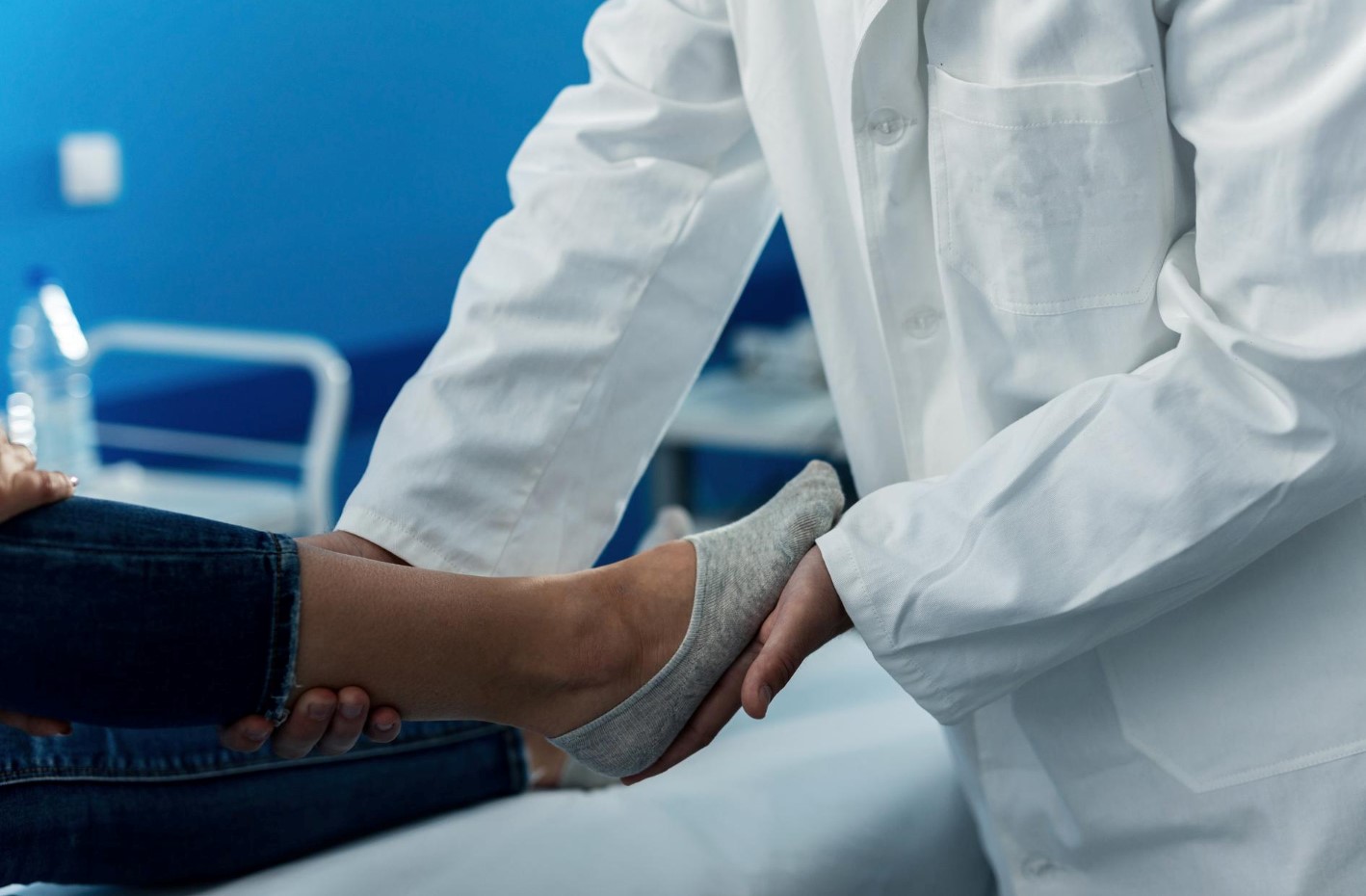
Diagnosis Of Ligament Injuries & Tears
-
Physical examination
Your ligament tear specialist in Singapore will assess the affected area for signs of injury, including pain, swelling, and range of motion.
-
Imaging tests
X-rays, ultrasound, or MRI may be used to get a detailed view of the affected joint and the extent of the injury.
-
Arthroscopy
In some cases, a small camera inserted into the joint may be used to diagnose ligament injuries.
Minimally Invasive Treatments We Use To Treat
Ligament Tears
An injection that alleviates pain and inflammation associated with musculoskeletal conditions such as arthritis, bursitis, tendinitis and joint pain.
Targeted pain relief in the administered area and reduced inflammation.
Little to no recovery time. Patients may resume their normal activities promptly.
Works well in chronically injured tissues which may have very slow recovery
Anti-inflammatory and regenerative effects
Little or no downtime and patients can walk out after the 30 min procedure
Treats flare-ups of OA pain and swelling with fluid buildup in the knee
Reduces inflammation in the joint
Can quickly relieve these symptoms, usually within 1-3 days
Uses low-level light to stimulate healing. Does not cause your tissues to heat up. LLLT is used to treat various musculoskeletal conditions, reduce inflammation, and promote wound healing.
Painless, Quick, Effective, and No downtime. Patients can return to their normal activities immediately after an LLLT session.
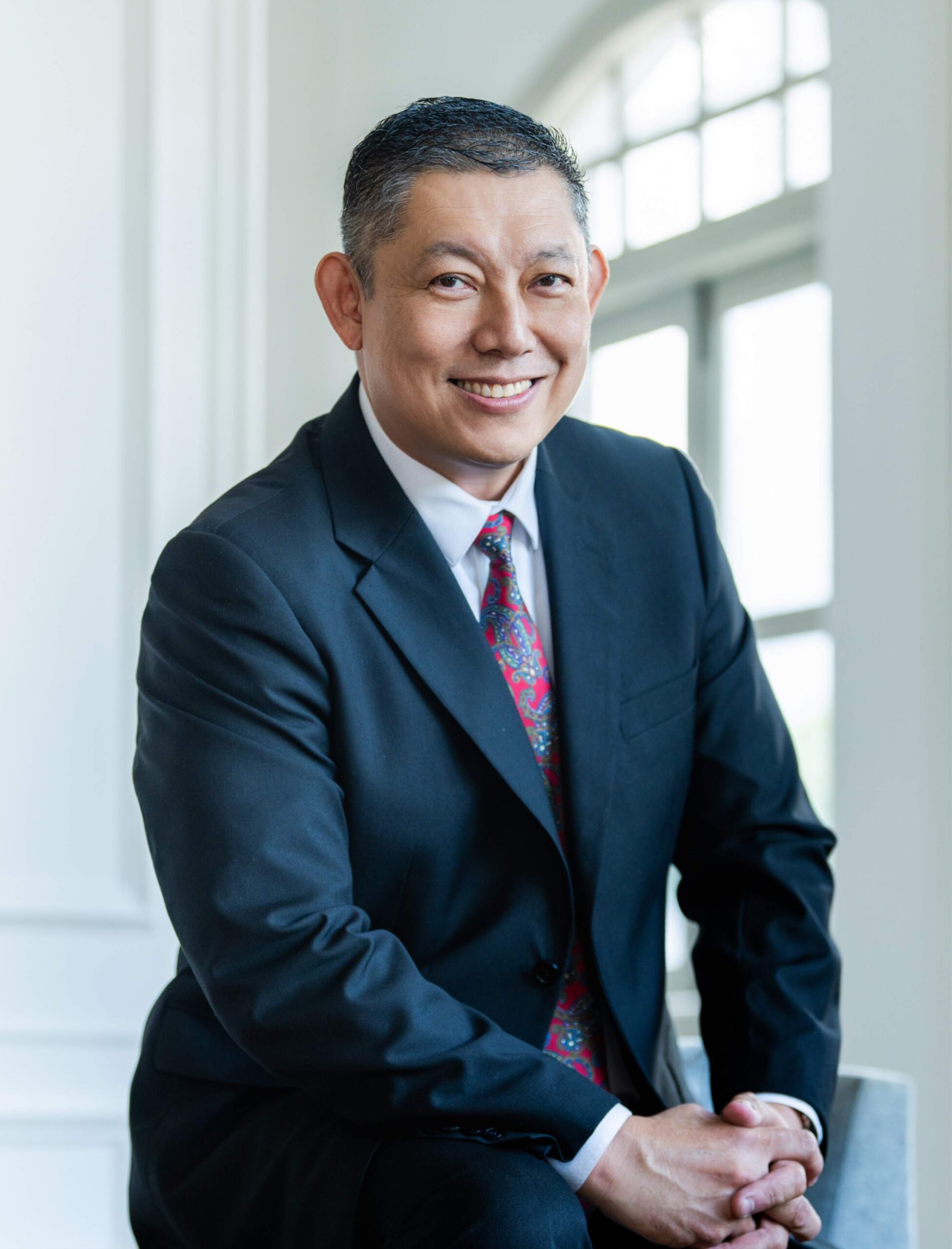
Dr Chiam Tut Fu 
(詹达夫医生)
MBBS (Singapore)
MSS (Sports Medicine) (USA)
MMed (OM) (Singapore)
GDOM (Singapore)
DWD (Singapore)
Dr Chiam is a MOH accredited Specialist in Sports Medicine and has practised medicine for over 30 years.
Dr Chiam Tut Fu obtained his MBBS from National University of Singapore in 1990. He went on to obtain his Masters in Sports Science (Sports Medicine) from the United States Sports Academy, graduating as the year’s outstanding student, and Masters of Medicine (Occupational Medicine) from the National University of Singapore.
Key Interests:
- Non-surgical treatment of sports injuries
- Non-surgical treatment of degenerative conditions
- Nutraceuticals for healthy ageing and exercise performance
Need Advice On Your Condition?
Do you have an enquiry about your sports injury or body joint condition? Please leave us a message and we will be in touch with you shortly.
Mon to Fri: 9:00am – 1:00pm
2:00pm – 6:00pm
Sat: 9:00am – 1:00pm
Sun & PH: Closed
Singapore Paincare Center
Paragon Medical Centre, #18-03
290 Orchard Road, Singapore 238859
Partnered Programs & Insurance Plans
For Singaporeans, Singapore Permanent Residents and Foreigners.
Please speak to our friendly clinic staff about using your insurance plans.
Frequently Asked Questions
What is the treatment for ligament injuries and tears?
Treatment can range from rest, ice, compression, and elevation (RICE) for minor injuries, to physical therapy, and in severe cases, surgery.
Can a torn ligament heal on its own?
Minor ligament injuries can often heal with rest and conservative treatments. However, severe tears may require surgical intervention.
How long does it take to recover from a ligament injury?
Recovery time varies depending on the severity of the injury, but it can range from a few weeks for minor sprains to several months for severe tears.
Can you walk with a torn ligament?
It depends on the severity of the tear and the specific ligament affected. Some people may be able to walk with a torn ligament, but it can be painful and unstable.
What happens if a torn ligament is not treated?
Untreated ligament injuries can lead to chronic pain, joint instability, and an increased risk of re-injury. In severe cases, it can lead to arthritis in the affected joint.
How can I strengthen my ligaments and tendons?
Regular exercise, particularly strength training and flexibility exercises, can help strengthen ligaments and tendons.